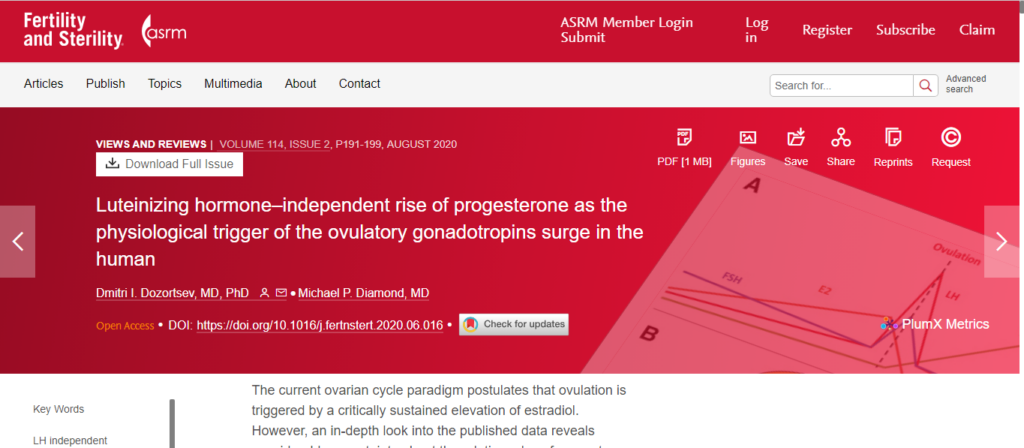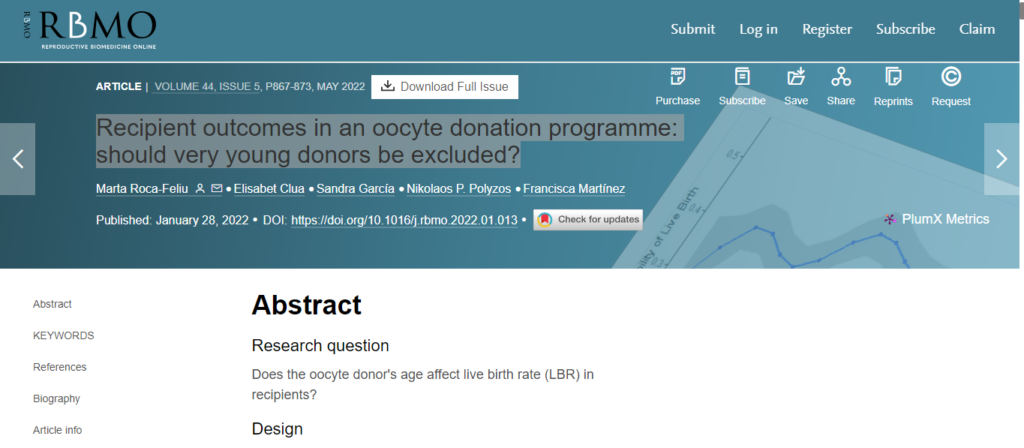Natural Transfer
In the recent past, freezing of embryos created during IVF was unreliable and many embryos did not survive after the thawing process. Therefore, physicians were under pressure to transfer the best embryos immediately after ovarian stimulation to avoid freezing. As a result, the best embryos were transferred into the uterus after it had been exposed to large amount of hormones, which reduced its ability to accept embryos for implantation. At AFCT we have utilized the process of natural transfer to
Improve the chances of conception. (using an ovulation predictor kit, ultrasound, or blood test)
Thanks to the breakthrough in embryo freezing – vitrification – embryos can now be cryopreserved without a significant risk of damaging them in the process. AFCT has always been at the forefront of new developments in clinical embryology and became one of the first IVF programs in the United States to adopt vitrification for embryos and egg freezing to all their patients.
AFCT uses a proprietary vitrification protocol, which has been perfected by our laboratory director, Dr. Dmitri Dozortsev. Vitrification uses an extremely high cooling speed that prevents formation of ice crystals, which are damaging to the embryo. Unlike automated, programmed freezing, vitrification relies heavily on the expertise and skills of the operator; therefore, it takes time to perfect the process.
As a result, all AFCT patients have their best embryos transferred into the uterus during what AFCT calls “Natural Transfer™”, where they are welcomed by the uterus in a perfect state for implantation.
6 Reasons AFCT has improved outcomes with a natural transfer
With ovarian stimulation and the growth of the oocytes (eggs), estrogen levels increase to 10-20 times higher than normal in a natural cycle. The high estrogen levels have a negative effect on the uterus, which now may be out of sync with the growth of the eggs. High estrogen levels inhibit the effects of progesterone, which is the most essential hormone in the process of implantation and pregnancy.
Women with the diagnosis of Polycystic Ovarian Syndrome (PCOS) naturally tend to have a higher number of eggs compared to other patients. The higher number of eggs will lead to very high levels of estrogen by the end of IVF stimulation.
The risk of ovarian hyperstimulation syndrome increases with high estrogen levels, and this is more common in patients with PCOS. Patients with PCOS can experience severe abdominal discomfort, fluid collection in the abdomen, and shortness of breath, which may require hospitalization. When we perform frozen embryo transfer, we can alter the stimulation protocol and almost completely eliminate the risks with this syndrome.
The risks of ectopic pregnancy appear to be lower with natural embryo transfer
This method allows us to properly investigate the uterine cavity with hysteroscopy (hyperlink) and prepare the uterine lining until the optimal conditions are met for embryo transfer
Since 2014 and the introduction of the Freeze All approach, AFCT has maintained phenomenally high pregnancy rates, which were recently verified by the CDC.
Dr. Michael Allon, Board Certified Reproductive Endocrinologist and a Medical Director of AFCT:
Embryo Transfer
The embryo transfer process involves preparation of the uterine lining with estrogen and progesterone for about twenty days and the examination of the uterine cavity with a hysteroscopy (camera placed into the uterus) to ensure that there are no polyps, fibroids, or chronic inflammation that may reduce the chance of conception.
The number of embryos transferred depends upon many factors including the patient’s age, embryo quality, cause of infertility, previous IVF history, normal genetic makeup and other factors unique to each patient’s situation.
The embryo transfer takes approximately 15-20 minutes to perform. Patients are asked to drink a lot of water prior to the procedure to help with ultrasound visualization of the uterus. During this procedure, a speculum is placed in the vagina and the cervix is cleaned. A catheter containing the embryos is placed inside the uterus under ultrasound guidance and the embryos are placed about 1 ½ cm below the fundus or top of the uterus. After placement of the embryos, patients are returned to the recovery area for a short time and then discharged home to rest for the day. Patients should avoid strenuous exercise heavy lifting or vigorous activity for about 48 hours post embryo transfer. The pregnancy test will be scheduled about two weeks after the embryo transfer. A consultation is set up within 2-3 days with the physician to review results and recommendation.
Post Care with Positive Pregnancy Test
The embryo transfer process involves preparation of the uterine lining with estrogen and progesterone for about twenty days and the examination of the uterine cavity with a hysteroscopy (camera placed into the uterus) to ensure that there are no polyps, fibroids, or chronic inflammation that may reduce the chance of conception.
The number of embryos transferred depends upon many factors including the patient’s age, embryo quality, cause of infertility, previous IVF history, normal genetic makeup and other factors unique to each patient’s situation.
The embryo transfer takes approximately 15-20 minutes to perform. Patients are asked to drink a lot of water prior to the procedure to help with ultrasound visualization of the uterus. During this procedure, a speculum is placed in the vagina and the cervix is cleaned. A catheter containing the embryos is placed inside the uterus under ultrasound guidance and the embryos are placed about 1 ½ cm below the fundus or top of the uterus. After placement of the embryos, patients are returned to the recovery area for a short time and then discharged home to rest for the day. Patients should avoid strenuous exercise heavy lifting or vigorous activity for about 48 hours post embryo transfer. The pregnancy test will be scheduled about two weeks after the embryo transfer. A consultation is set up within 2-3 days with the physician to review results and recommendation.



